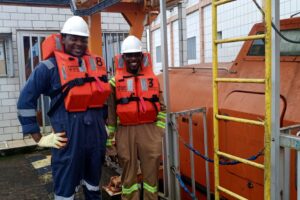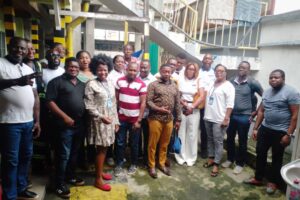KHPC Awards their Fast Zodiac Motor Boat Driving contract to NOIAA LTD, Middle East & Africa Operations
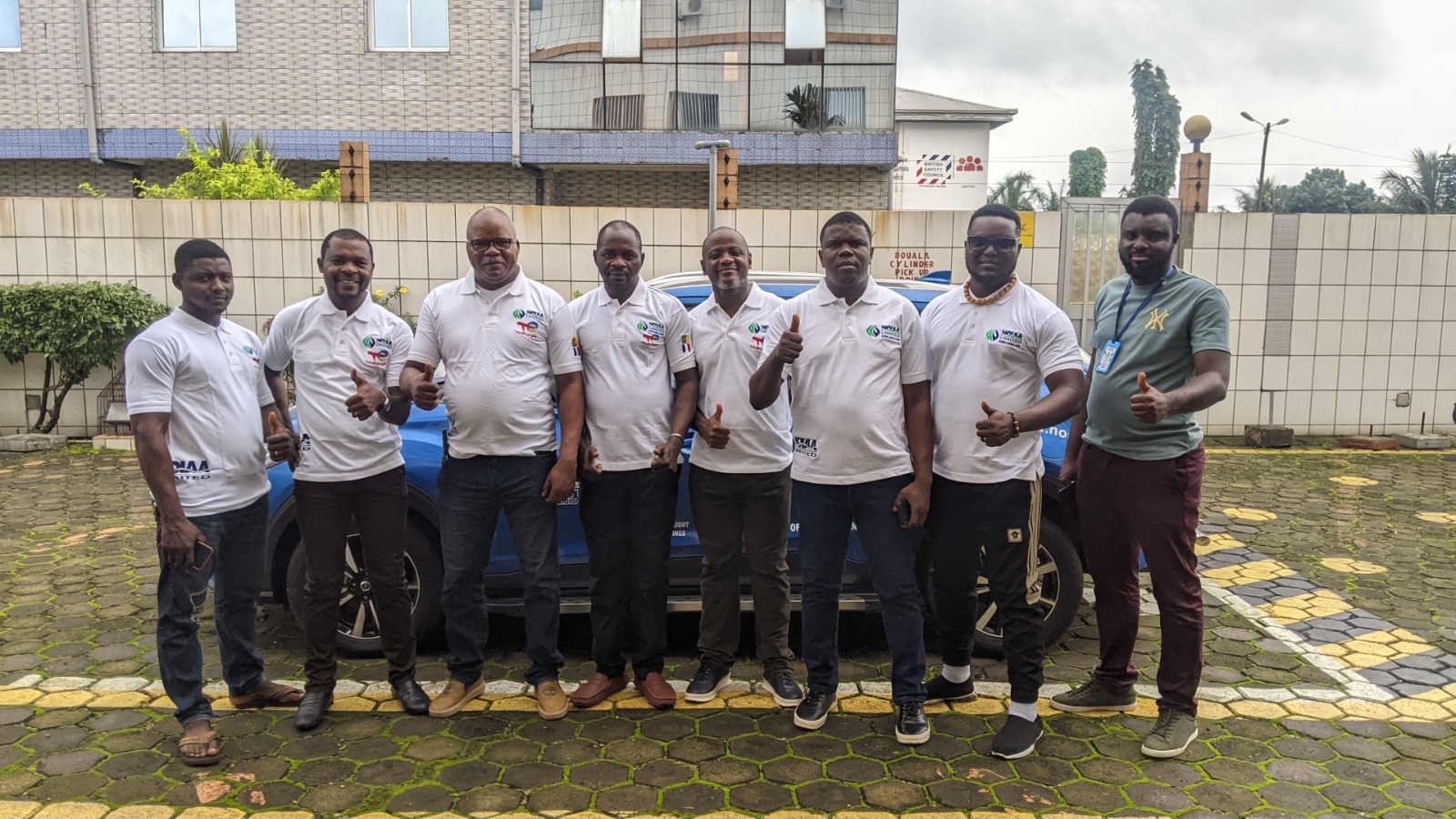
The Kikot-Mbebe hydroelectric development project is the result of strengthened collaboration between the State of Cameroon and the EDF Group. This ambitious project, which follows the success of the Nachtigal dam, aims to strengthen Cameroon’s energy infrastructure while addressing the socio-economic and environmental challenges of the country and the sub-region. The Joint Development Agreement was signed in 2021 to guide the design and development phases of the project. It laid the foundation for the establishment of Technical, Environmental and Social, Legal, and Finance Working Groups on September 9, 2022, marking a decisive step in the project’s preparation.
On September 27, 2022, a key meeting took place between Ms. Valérie Levkov, Director for Africa, Middle East, and Eastern Mediterranean at the EDF Group, and Mr. Alamine Ousmane MEY, Minister of Economy, Planning, and Regional Development of Cameroon. This meeting allowed for a review of the project’s progress and reaffirmed the commitment of both parties to successfully carry out this major initiative. During this meeting, the challenges and prospects of the project were discussed, highlighting the strategic importance of this hydroelectric project for Cameroon’s sustainable development.
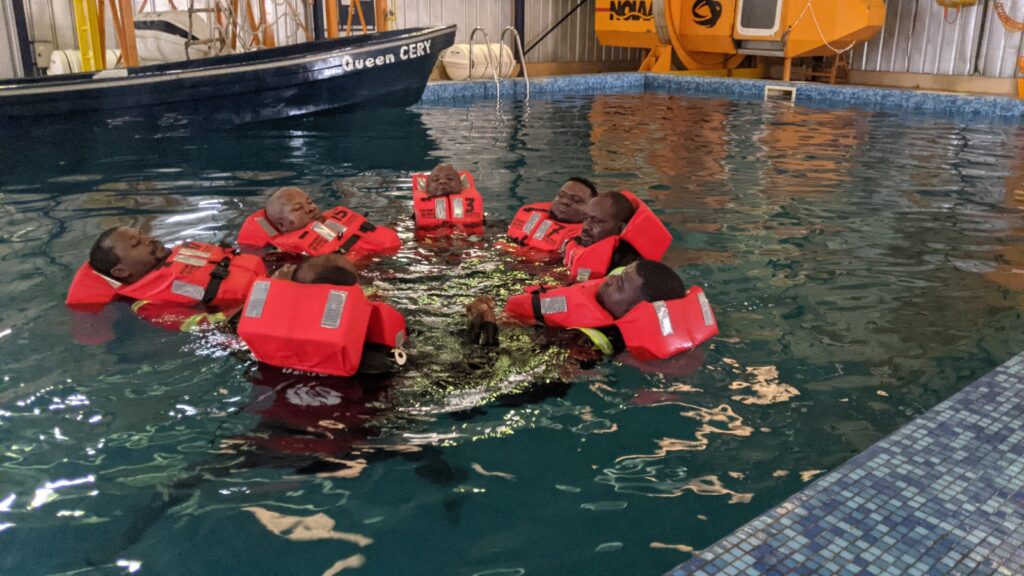
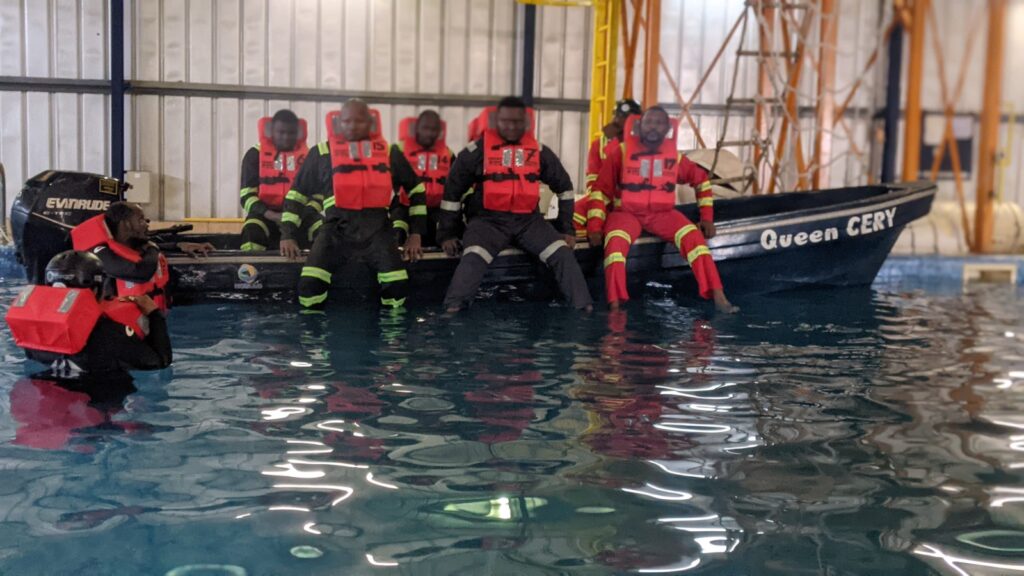
Preparatory work, including technical and environmental studies as well as industrial and financial arrangements, is scheduled to take place between 2022 and 2025. Construction of the dam is expected to begin in 2026, with the goal of commissioning the plant in 2032. This project, with an installed capacity of 500 MW, located on the Sanaga River, will not only increase the country’s energy capacity but also serve as a catalyst for its economic and social development, illustrating the commitment of KHPC and its partners to improving the quality of life in Cameroon.
NOIAA Corphas recently introduced through her NOIAA LTD, Middle East & Africa (MEA) operations subsidiary a training called Work Boat Driving.
This is not the first Work Boat Driving training our MEA is doing in these regions, said Mr. Simpson RIGHT who is the On/offshore Project Manager for Middle East & Africa. KHPC being a safety conscious company has imposed on most of its workers across Middle East & Africa to carry out this training which is very essential.
The action of driving a boat is probably most often called piloting the boat. You may hear people say “steering the boat,” navigating the boat or conning the boat.
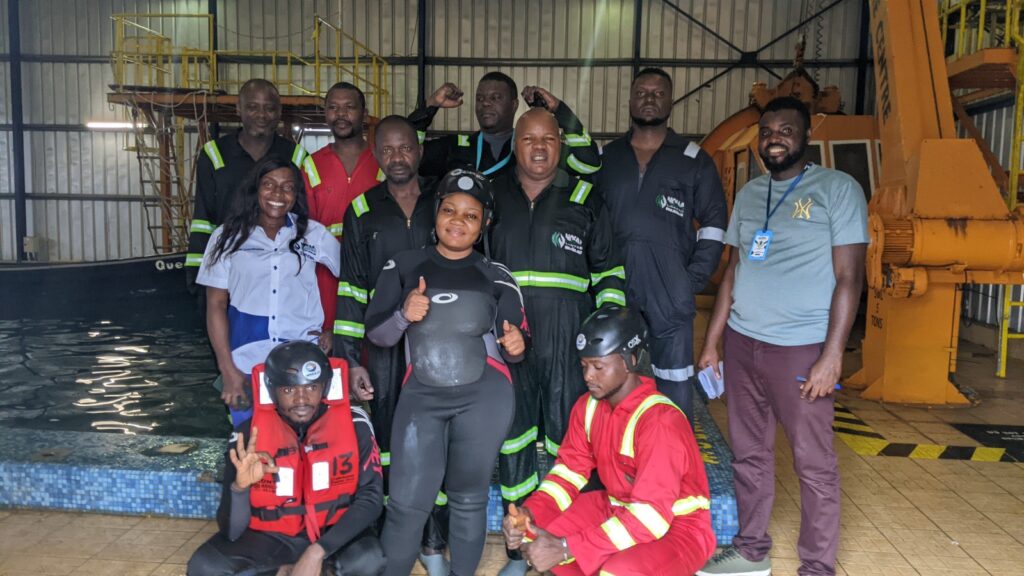
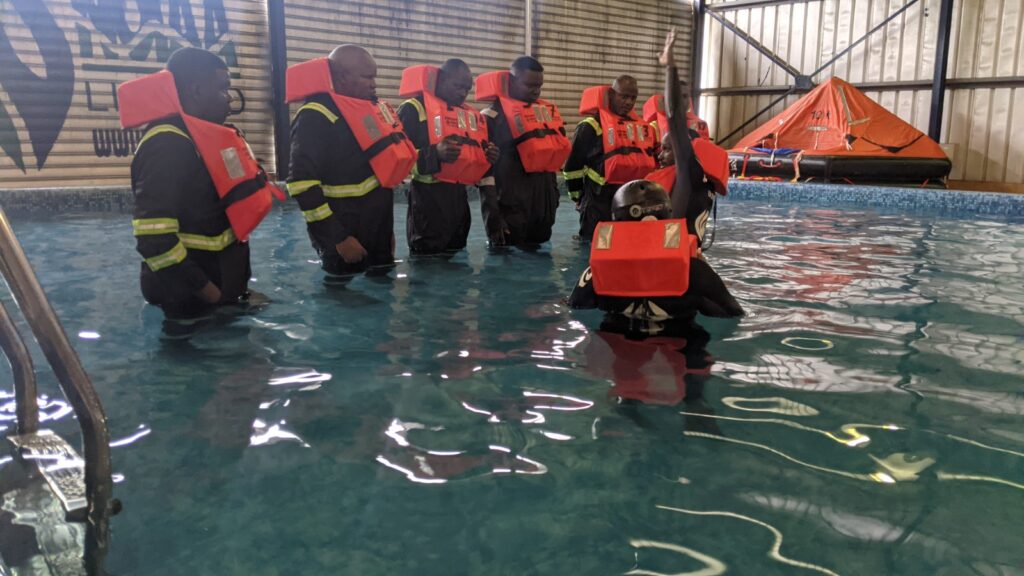
NOIAA LTD, Middle East & Africa Operations is one of the leading on/offshore Maritime Safety training company in the Middle East & Africa with well-trained instructors who can impact knowledge on work boat driving safety training with modern facilities to carry out the said training. Boat operations often involve high speeds, rough weather, close proximity to hazards and emergency situations that place the boat crew and success of any mission at risk.
Mr. Tamo Kamdem DOUGLAS of KHPC said that he was very much satisfied with the knowledge he has gained from the Work boat driving training offered by NOIAA’s instructors and recommend that this training should be expanded for at least six days. NOIAA is very much committed to train KHPC personnel to their maximum satisfaction and to have the best outcome because of the risk they face while working offshore. NOIAA is particularly concerned about safety, satisfaction and wellbeing of its client’s personnel.
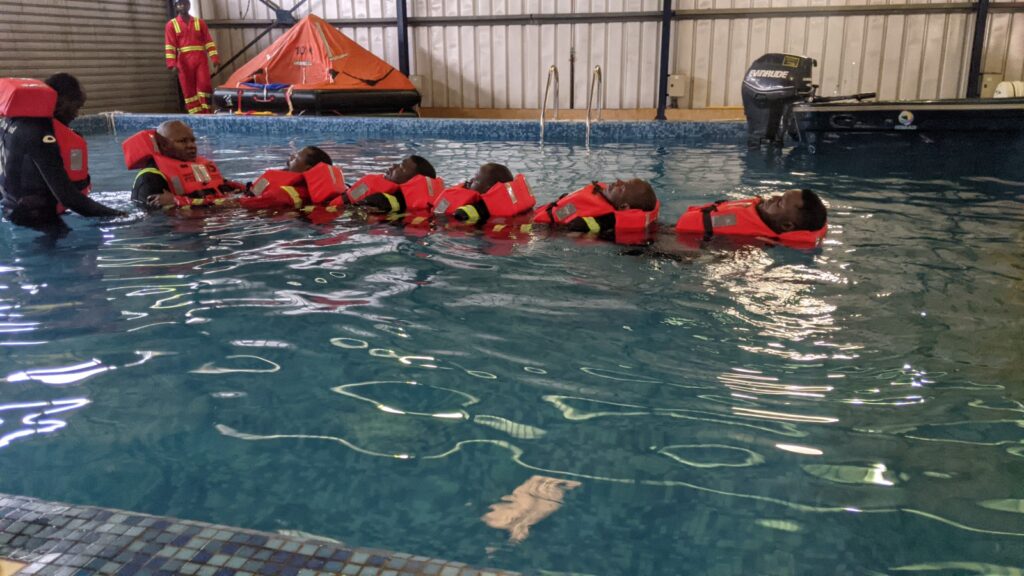
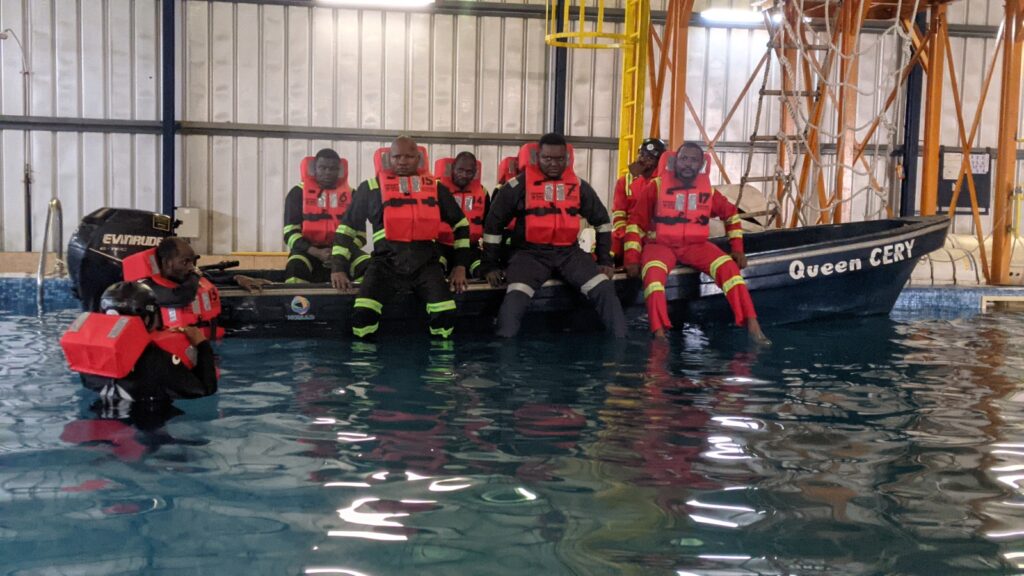
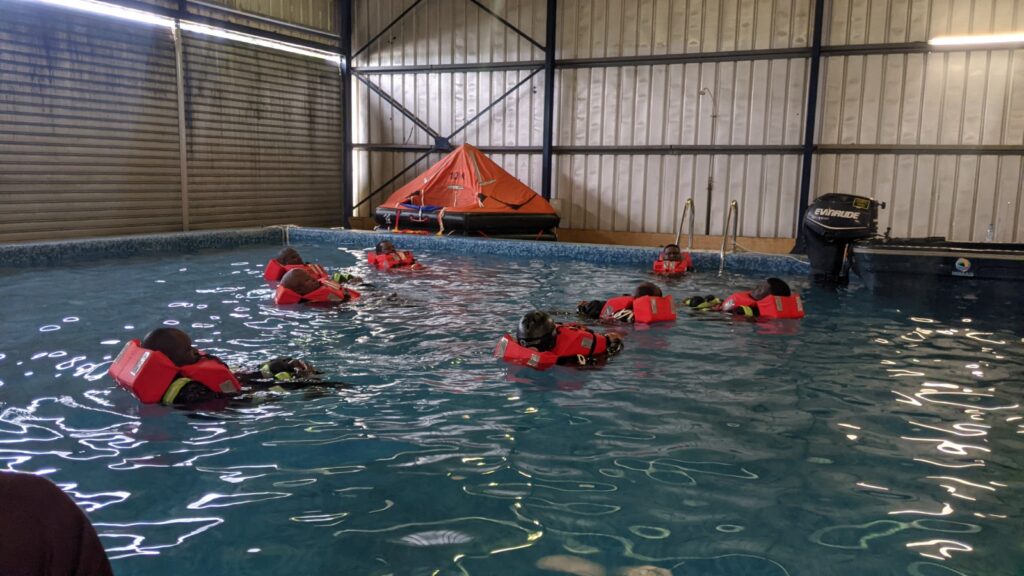
Furthermore, other personnel of KHPC comments that with the knowledge gained from these trainings, they are able to know that;
- Effective communication is essential to the success of the boat crew and their mission. A boat crew that works together achieves high productivity, safe and effective boat operations, and, most importantly, a successful mission outcome.
- It is always advisable to wear a lifejacket when driving a boat. 80% of boating fatality statistics report that the victim was not wearing a lifejacket or PFD.
- Navigation lights and signals tell other vessels not only where you are but what you are doing. Using these lights and signals properly is an important part of safe navigation.
- In case of emergency, remain calm, account for all people on board, put on your lifejackets if not already worn.
- Mixing alcohol with boating is far more dangerous than you may think. The additional stress on your body caused by the sun, waves and wind will magnify alcohol effects. You are legally responsible for the safety of your vessel and for not putting other waterway users in danger.
- Weather and water conditions play a big role in your safety on the water. Before heading out, make sure you get the latest (marine) forecast for your area and that you understand what it means. Thunderstorms can strike with warning so, while you are out, remember to keep your eye on the sky. If a storm is brewing, quickly head for shore.
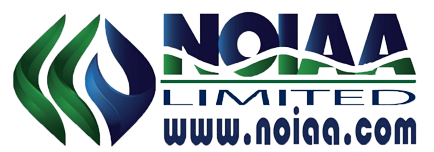
![IMG_20241023_165727_734[1] IMG_20241023_165727_734[1]](https://training.noiaa.com/wp-content/uploads/2024/11/IMG_20241023_165727_7341-scaled-300x200.jpg)
